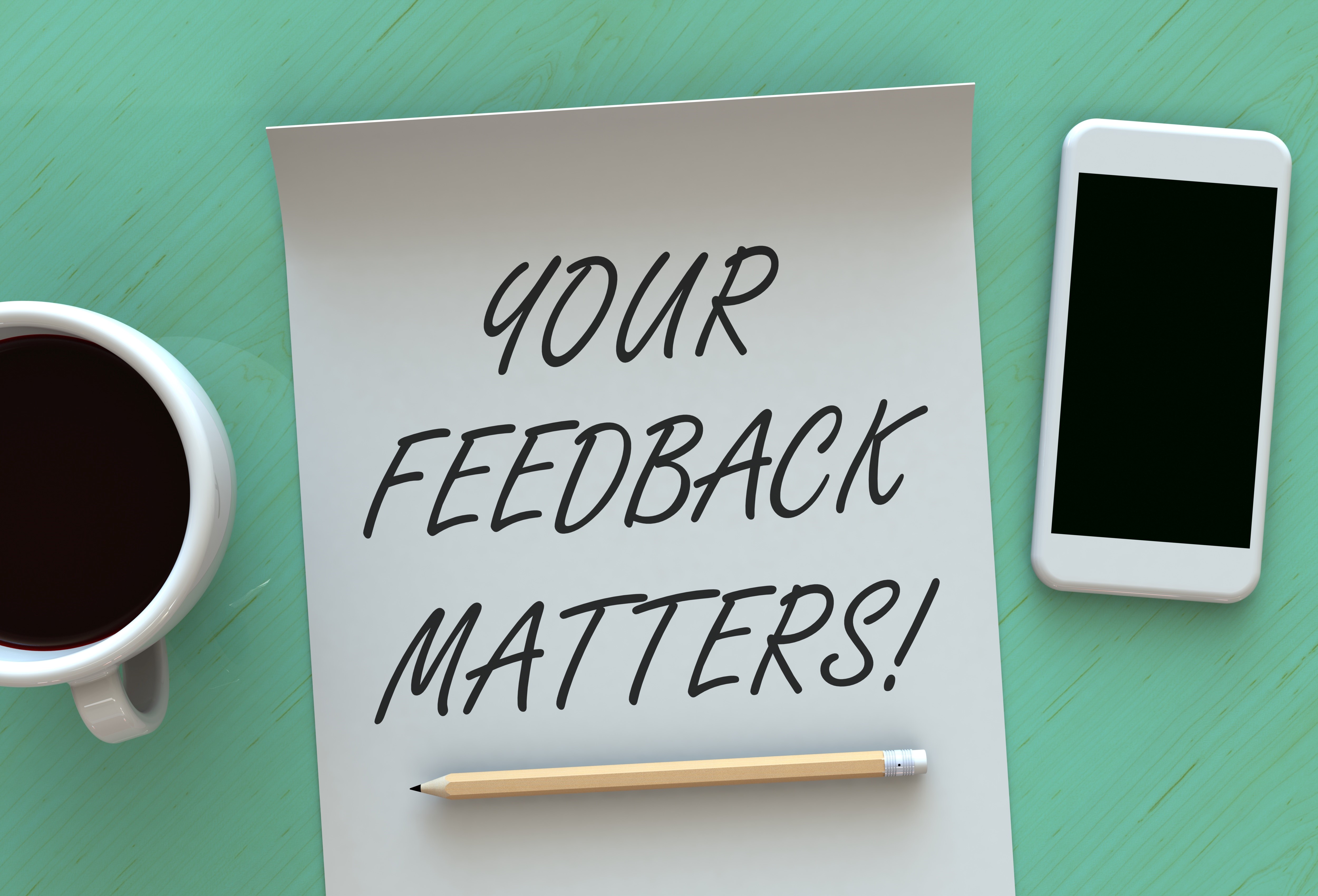I recently had a disappointing service experience with an international money transferring service . A week after transferring money I received a web survey to provide feedback about my experience. Though I was eager to provide my feedback, the survey questions got me frustrated. The questions were long and weren't focused on my experience.
The survey and the company clearly prioritized a less than a minute-long interaction I had with an employee rather than the interaction I had with an automated kiosk where I spent most of my time. Thankfully, the survey did provide a final comment question that gave me the opportunity to let them know about the malfunctioning automated kiosk which led me to give them poor scores.
Most business realize the value of products, online experience and marketing efforts customized to specific customers. For instance, email marketing campaigns uses the recipient’s first name in the greeting for personalized message. This personalization shows your knowledge of your relationship making products, service and messaging impactful.
The same principle applies to Customer experience feedback surveys. We cannot use the same survey for all of our customers, it needs to be personalized according to specific interactions. This helps the customer to provide feedback with clear questions about their event and will help you tie action to specific points in customer journeys.
- Ask questions relevant to specific customer experience
As mentioned above my personal experience is a perfect example on what not to do in a survey. Don't generalize all potential interactions into one. All questions need to be directed at the individual experience rather than a generic question set. Understand your customer experiences before you create a feedback survey to get maximum feedback.
- Surveys are sent immediately after the interaction
Feedback surveys should be sent immediately or as soon as possible after the interaction. It could be a short web survey or a quick follow up call. No matter which survey method you choose, make sure to send it immediately so the interaction is fresh on your customer's mind.
- Don’t send surveys every time you had an interaction with them
A lot of companies fall into this pit fall creating survey fatigue. You shouldn’t over survey your customers asking the same questions repeatedly. This creates unnecessary frustration to your customers and over time will impact response rates. Over surveying is just as bad as not surveying at all. So, make sure to establish and manage some kind of temporary skip list.
- Ask follow up questions
- Design surveys to take actions
Make sure to ask questions that you are prepared to take action on. For example, if you’re including a question about your product quality and your feedback survey shows that the customers are unhappy you should have systems in place to fix or be prepared to fix the problem. Customers stay loyal to you if they feel like they have been heard and you are making changes to improve.
Customizing your Customer experience survey according to your customer interactions is a great way to show your customers that you care about their individual experiences. Following the above guidelines will help you strategize your feedback program better to get the maximum responses and maximum value to your customer experience survey.











Leave a Comment